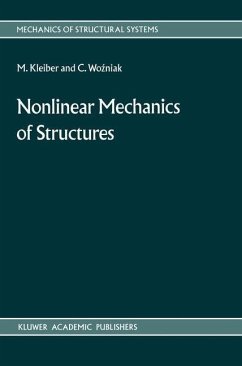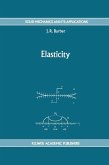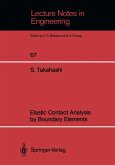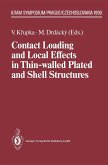The aim of this book is to provide a unified presentation of modern mechanics of structures in a form which is suitable for graduate students as well as for engineers and scientists working in the field of applied mechanics. Traditionally, students at technical universities have been taught subjects such as continuum mechanics, elasticity, plates and shells, frames or finite element techniques in an entirely separate manner. The authors' teaching experience clearly suggests that this situation frequently tends to create in students' minds an incomplete and inconsistent picture of the contemporary structural mechanics. Thus, it is very common that the fundamental laws of physics appear to students hardly related to simplified equations of different "technical" theories of structures, numerical solution techniques are studied independently of the essence of mechanical models they describe, and so on. The book is intended to combine in a reasonably connected and unified manner all these problems starting with the very fundamental postulates of nonlinear continuum mechanics via different structural models of "engineer ing" accuracy to numerical solution methods which can effectively be used for solving boundary-value problems of technological importance. The authors have tried to restrict the mathematical background required to that which is normally familiar to a mathematically minded engineering graduate.
Dieser Download kann aus rechtlichen Gründen nur mit Rechnungsadresse in A, B, BG, CY, CZ, D, DK, EW, E, FIN, F, GR, HR, H, IRL, I, LT, L, LR, M, NL, PL, P, R, S, SLO, SK ausgeliefert werden.









